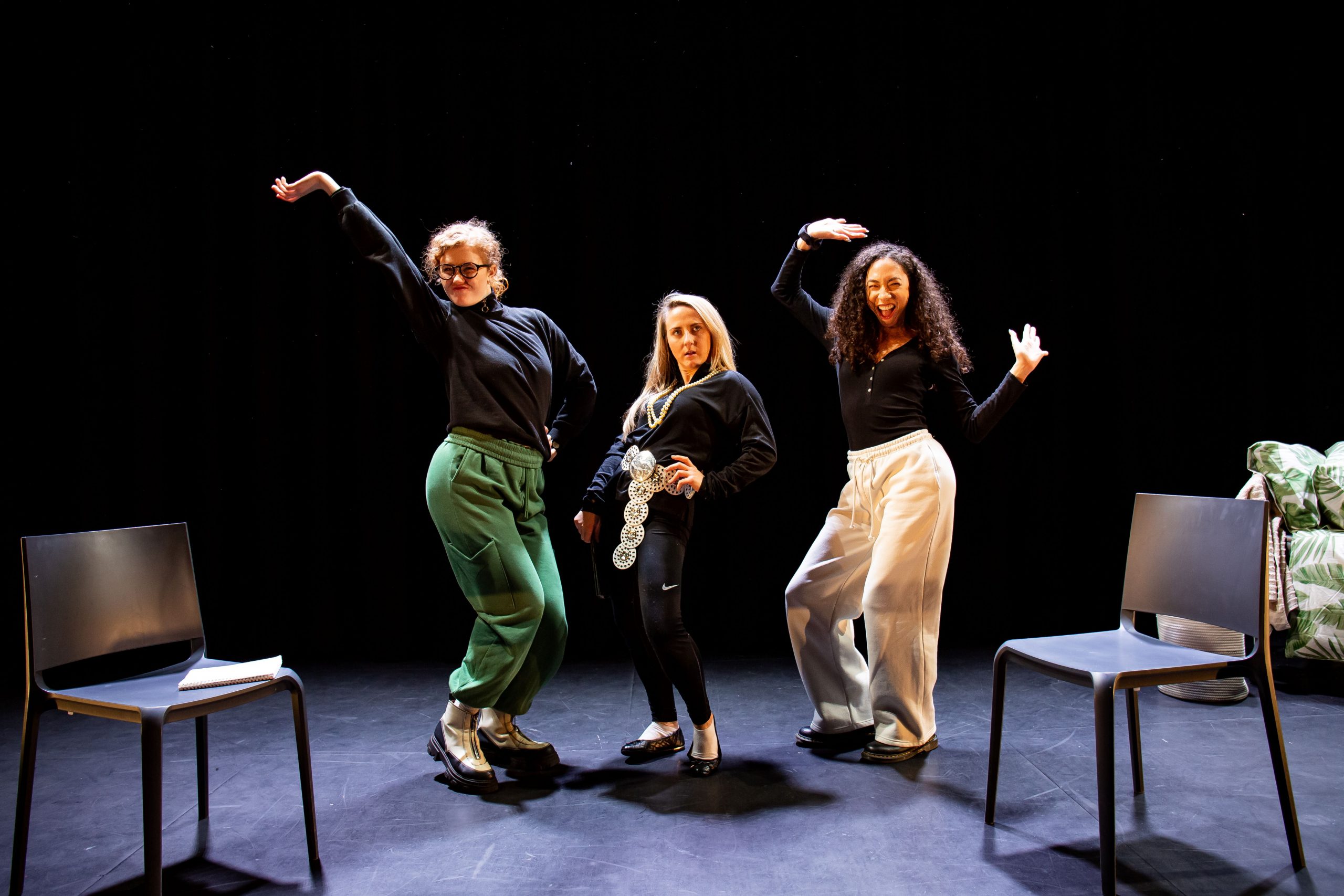
Culture Writer Abbie Fitton reviews The Big O and finds the production to present female sexuality with unforgiving humour whilst being a great step forward towards discussions of assault
Content Warning: This article mentions rape and sexual assault.
From Trunchbull to Bilbo Baggins, Kim Cormack’s The Big O is not afraid to poke fun at anything and everything. Sex toys, the Vagina Monologues, and a stuck-up psychosexual consultant, sounding like the start of a bad joke, feature in this performance that has no shame in exploring a woman’s sexuality. And this notion of ‘shame’ was one of the key ideas around women and sex that Cormack wanted to break down. She writes ‘talking about something that affects nearly all of us as human beings should not be taboo. Should not be a cause of shame.’
“…this performance that has no shame in exploring a woman’s sexuality
The main character, Lucy, continually asks throughout the performance, when is the right time to discuss women’s sexuality and pleasure, and can there ever be a ‘right time’? Cormack, along with director Lotte Ruth Johnson and the fabulous cast, brush aside this ‘right time’ and bring sexuality to the forefront with unforgiving humour and as many sex jokes as possible. My favourite scene of the play had to be in the second act, in which supporting cast members in dazzling sequin dresses and shirts, strutted across the stage with glorious confidence, to then parody an infomercial. Only instead of vacuums or hairdryers, the characters each brought out an array of sex toys. Theatre Bab described the show as having ‘Fleabag sass’, and the unabashed giggling from the audience at a woman holding a vibrator was a testament to not only the humour’s success, but the lack of discomfort towards a woman’s sexuality when it is so confidently discussed. The play’s first act was a refreshing portrayal of a woman who is not ashamed of her sex drive, confident in her sexual desires, but all the while struggling with anorgasmia. But as the play progressed, it shifted away from its light-hearted giddiness and intimate comic monologues to a much darker tone.
As we get to know Lucy and her story, she recounts her experiences with rape, abortion, and growing up in care. With the aid of her therapist, she comes to understand how each of these factors played into her struggle with anorgasmia. The play quickly then transformed into a discussion of consent and the struggles for victims and their sexual encounters following such horrifying experiences. And initially this took me by surprise, as the promotion I had seen for the show did not insinuate there would be such a heavy focus on themes of assault and abuse. For its approaches to such a subject, I thought the play was a triumph. The cast confidently portrayed the impact of Lucy’s experiences on her life as well as her relationships with others.
“For its approaches to such a subject, I thought the play was a triumph
In its tackling of consent and reiterating that blurred lines do not exist, the play hauntingly displays the struggles following assault for women, the difficulty with even acknowledging it has happened. The charming relatability of Lucy built a rapport with the audience, allowing for the predominantly female audience to giggle or tear up at things universally experienced by women. Although sometimes it leant into very millennial ideas of what it is to be a woman or someone who identifies as one. There were some inconsistencies with how I, as a Gen Z woman, understand female sexuality.
The play in its creation has encouraged great discussions of consent, whether sexual or not, and the Q&A session following the production revealed the sex educators and well-being officers that were present in the making of the show. The insistence on consent from actors in all aspects behind the scenes encourages promising progression towards consent in the workplace. It is a great step forward in discussions of assault, and part of a larger plan called The Big O project, which hopes to implement workshops in schools and encourage a healthier relationship with sex amongst people.
Read more Redbrick Culture here!
Comments